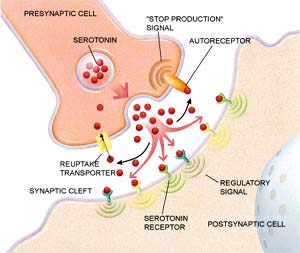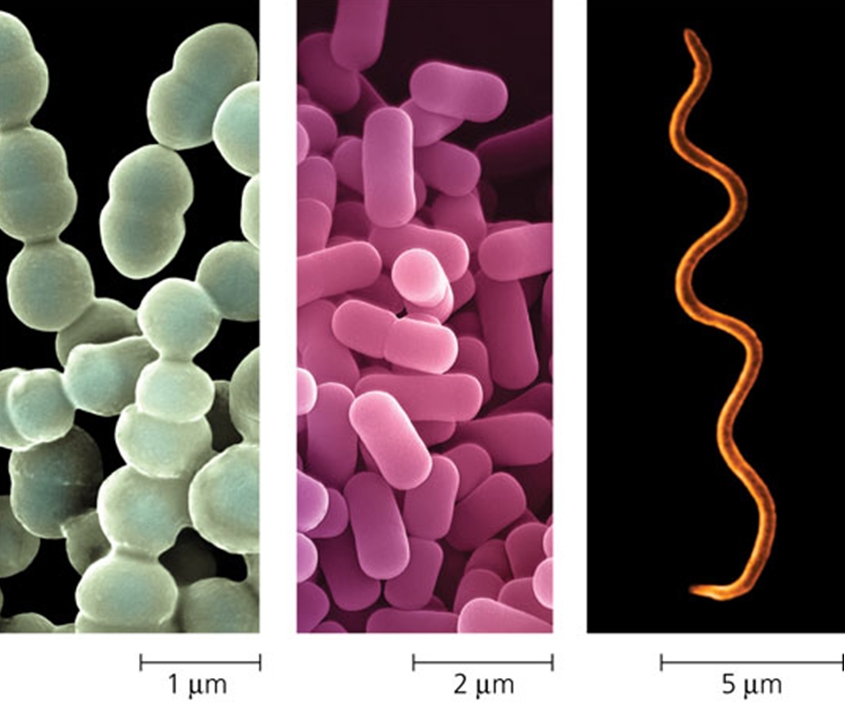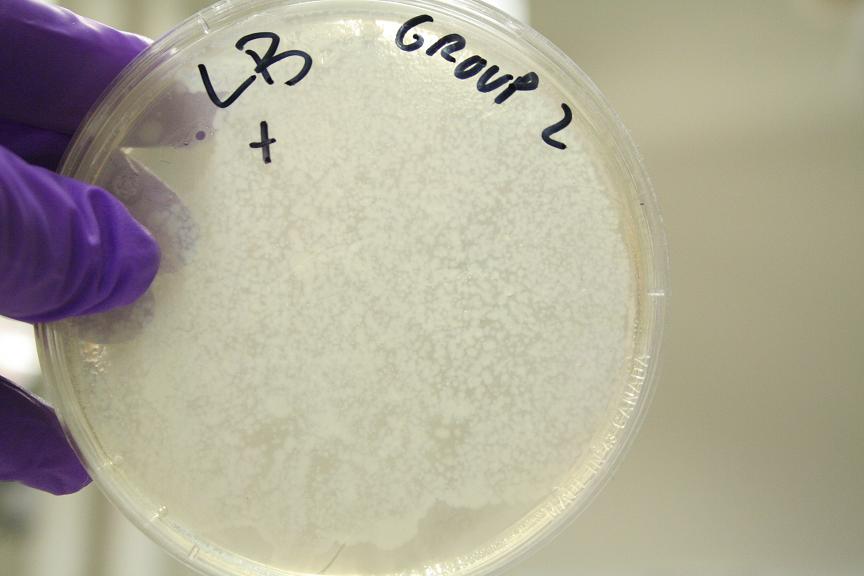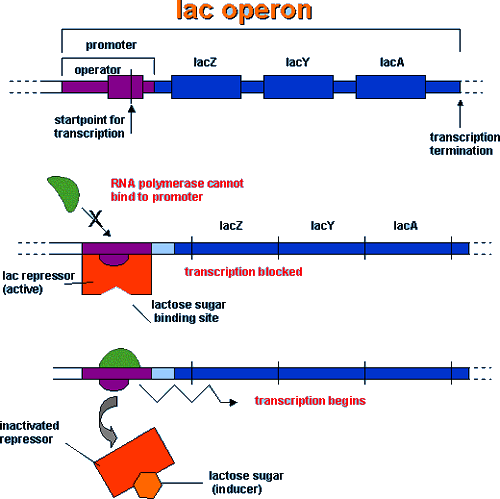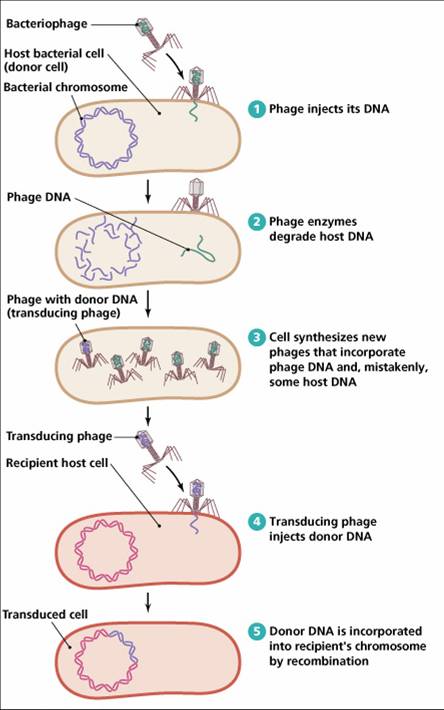Think about the following questions;
1. What genes are on the pGLO plasmid and what does each of them do?
2. What needs to be added to the E.Coli bacteria to make it grow and glow on LB with amp/ara added?
3. What will happen to the bacteria you plated (-pGLO, +pGLO) on the LB/ARA plate?
4. What are your predictions for each of your 8 plates?
5. What are the gene(s), trait(s), protein(s) invovled in this lab?
6. How does this relate to our question of the term? Environmental? Genetic? Both?
Finally, we talked about the neuroses article. Can you answer the questions below?
1. Is neurosis only genetic? If not give some examples of what environmental causes there are
2. Can you explain the genetic cause discussed in the article? What is the gene, protein, trait?
3. How could you test if this gene really was involved in neurosis?
On your test:
Gene expression in Euk and Bacteria
Operons
Bacteria
Experimental Design
Neurosis
A brainy gene
Neuron HW
Enzymes


